
The ’90s were a blast! It was a time of peace and prosperity after the Soviet Union fell, ending the Cold War. Plus, the internet burst onto the scene, changing everything with its cool new ways of connecting, doing business, and having fun.
And speaking of fun, remember all those awesome TV shows from back then? They were the best! We can still look back and get all nostalgic about the good times we had watching them on TV.
So, let’s kick back and chat about which of these rad ’90s shows bring back the best memories for you:

“Doug” (1991–1994) captivated audiences across generations with its delightful animated narratives. Focused on the escapades of Doug Funnie, accompanied by his friends Skeeter and Patti Mayonnaise, the series skillfully intertwined important life lessons with a sprinkle of gentle humour. And let’s not forget Doug’s steadfast companion, Porkchop, who epitomised the quintessential sidekick throughout the show.

“Rugrats” (1991–2006) entertained viewers spanning multiple generations with its endearing tales. Following the adventures of Tommy Pickles and his friends, the show depicted their mischievous escapades and their unique ability to communicate amongst themselves, yet remain unintelligible to adults.

“Dinosaurs” (1991–1994) offered a family-oriented perspective, portraying dinosaurs navigating life challenges akin to those of human TV families. Set in prehistoric times, the series diverged from the cartoonish portrayal of “The Flintstones,” presenting a progressive examination of a species on the brink of extinction.

“Darkwing Duck” (1991–1992) emerged during the early ’90s superhero craze, as Disney aimed to capitalize on the trend. While sharing similarities with the beloved “DuckTales,” the series distinguished itself by prioritising action over comedy, offering audiences an adventurous twist on crime-fighting superheroes.

“3rd Rock from the Sun” (1996–2001) featured John Lithgow and Joseph Gordon-Levitt in leading roles, portraying extraterrestrial beings adjusting to life on Earth alongside their colleagues. The series blended irreverent humour with insightful moments, often punctuated by well-timed one-liners from French Stewart, offering a comedic yet thought-provoking exploration of alien experiences on Earth.
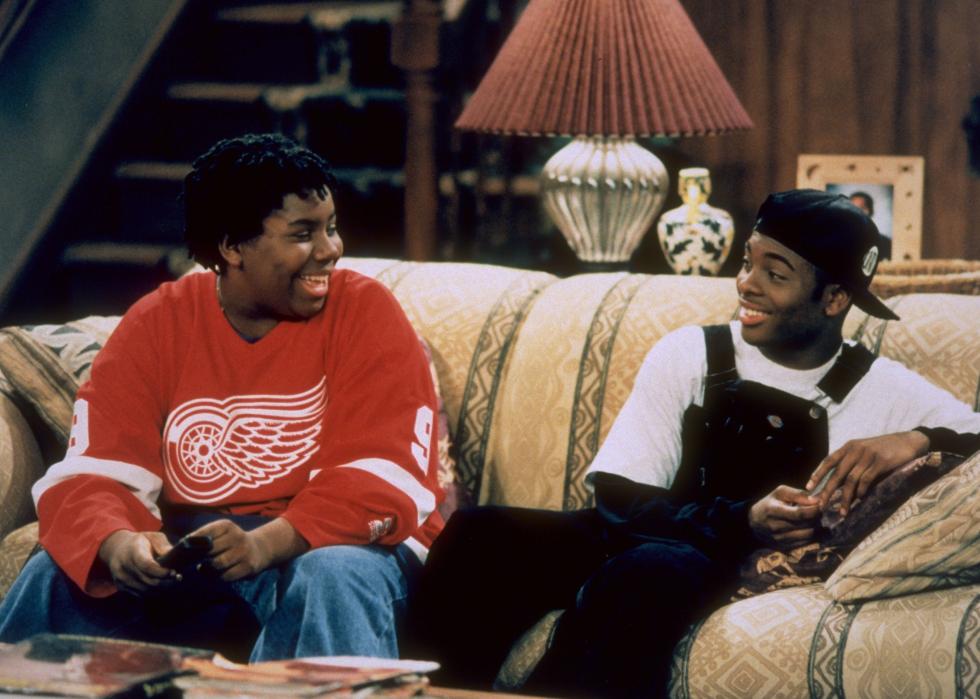
“Kenan & Kel” (1996–2000) resonated with audiences through the undeniable on-screen chemistry between its titular co-stars. Centred around two longtime friends, the series followed the comedic escapades of the two teens as they embarked on a multitude of adventures, embodying the essence of a classic buddy comedy.
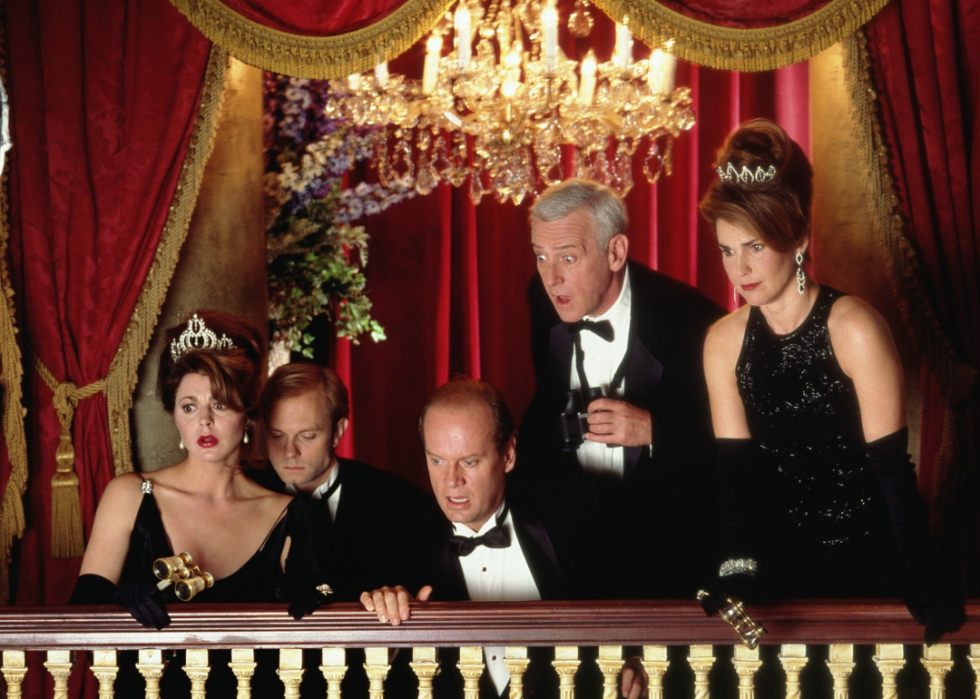
“Frasier” (1993–2004) enjoyed an impressive 11-season run, featuring Kelsey Grammer in the role of psychiatrist Frasier Crane. The show stands as one of the most revered sitcoms in television history, renowned for its wit and charm. Additionally, “Frasier” boasted numerous tie-ins to the beloved sitcom “Cheers,” further solidifying its place in the pantheon of iconic television series.
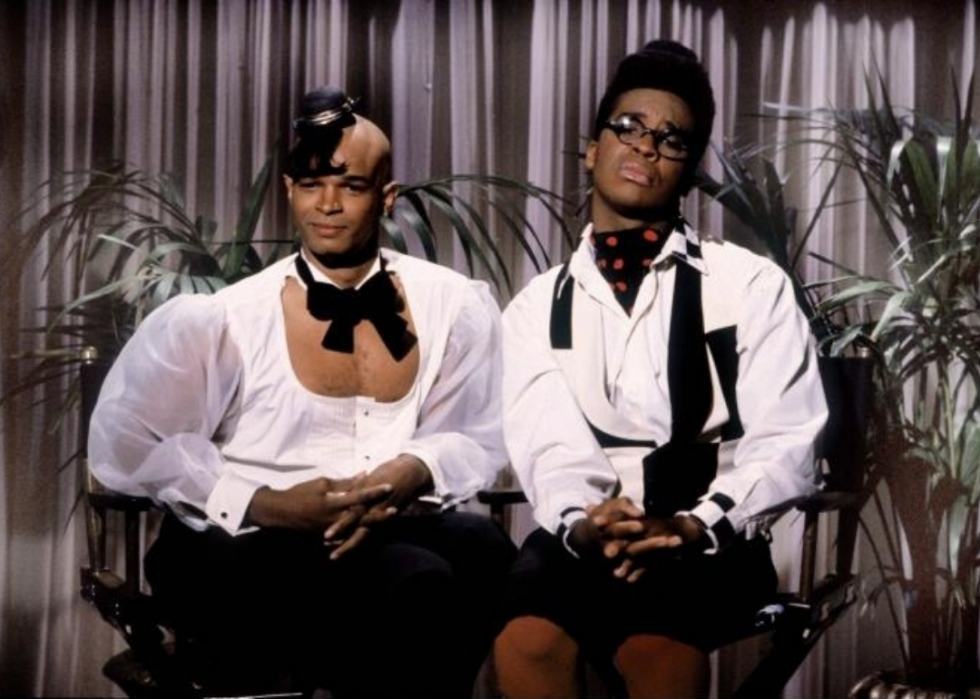
“In Living Colour” (1990–1994) emerged as a vibrant and uproarious contender in the sketch comedy genre during the ’90s, providing a dynamic alternative to the dominance of “SNL.” Conceived by the Wayans family, the show served as a launching pad for the careers of Jamie Foxx and Jim Carrey, while also showcasing talents like Chris Rock for a period. Memorable sketches, such as Damon Wayans’ portrayal of Homey D. Clown, Foxx’s hilarious rendition of Wanda, and Carrey’s iconic Fire Marshal Bill, solidified the show’s lasting impact on comedy.
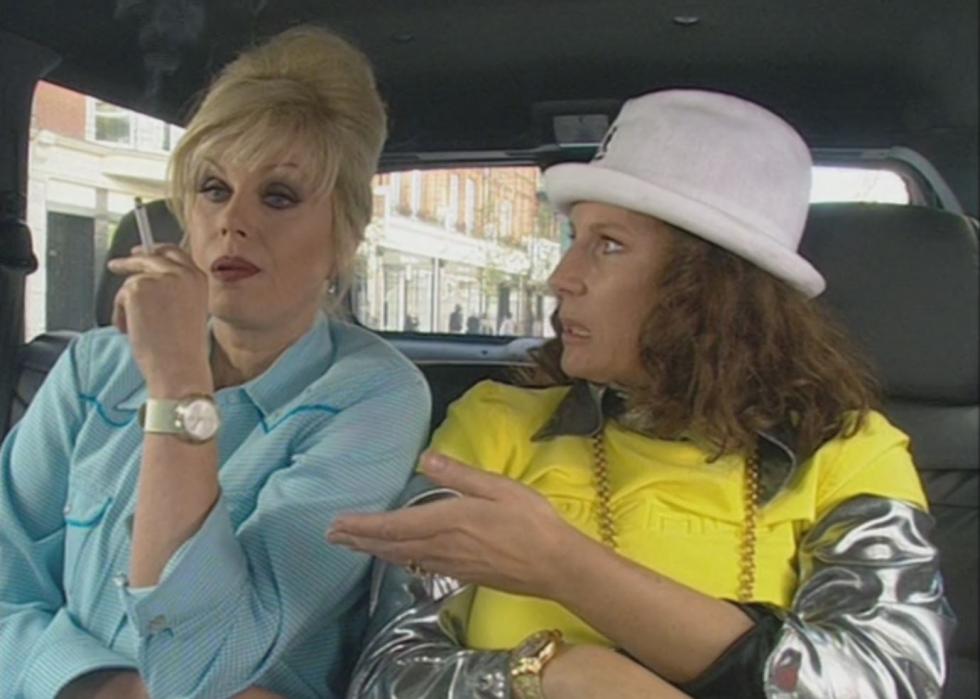
“Absolutely Fabulous” (1992–2012) epitomized British comedic brilliance, crafted by the genius duo of Dawn French and Jennifer Saunders. This uproarious series centred on the escapades of two outrageously flamboyant media figures, delivering a blend of wit, satire, and irreverence that captivated audiences for two glorious decades.
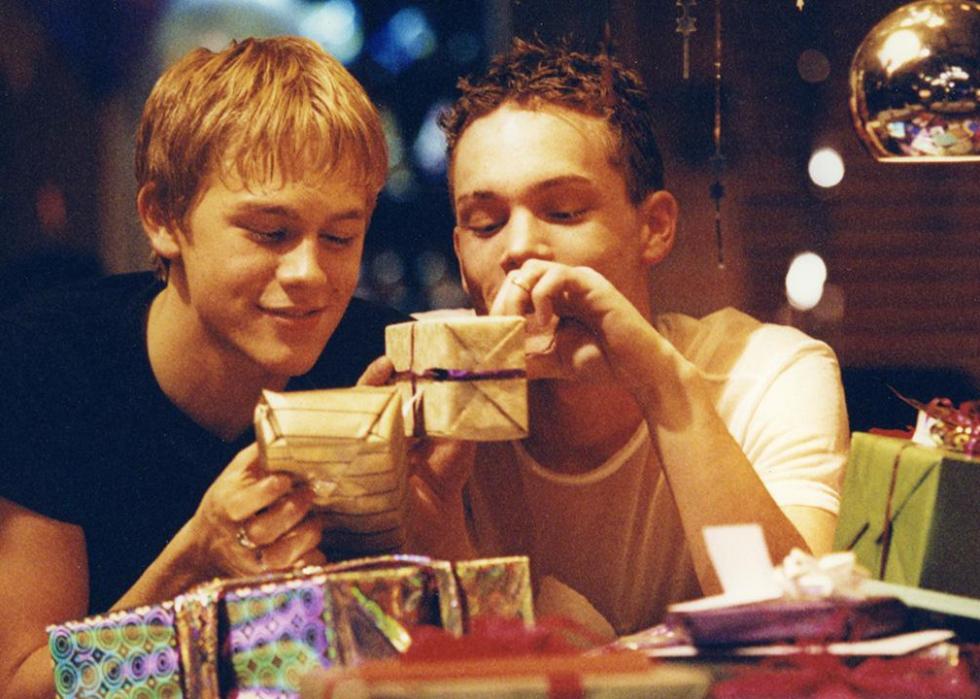
“Queer as Folk” (1999–2000) broke new ground by delving deep into the lives of the LGBTQ+ community, paving the way for a longer-running American series of the same name in 2000. While some elements may appear dated by today’s standards, the show garnered praise for its exploration of under-publicized narratives, including those of HIV-positive individuals, contributing to a more inclusive portrayal of diverse experiences.
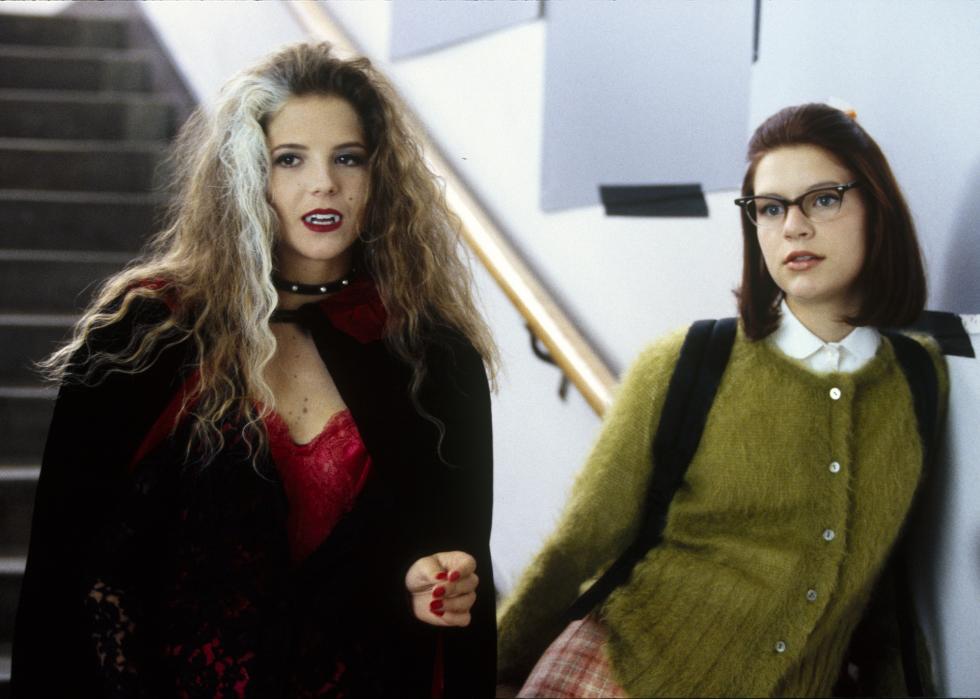
“My So-Called Life” (1994–1995) catapulted Claire Danes into the spotlight, embodying the quintessential figure of disillusioned ’90s youth as introspective outsider Angela Chase, alongside burgeoning talents like Jared Leto. Tackling taboo topics such as homophobia, drug use, and homelessness, the show dared to delve into uncharted territory, sparking conversations and resonating deeply with audiences seeking authentic portrayals of adolescent struggles.
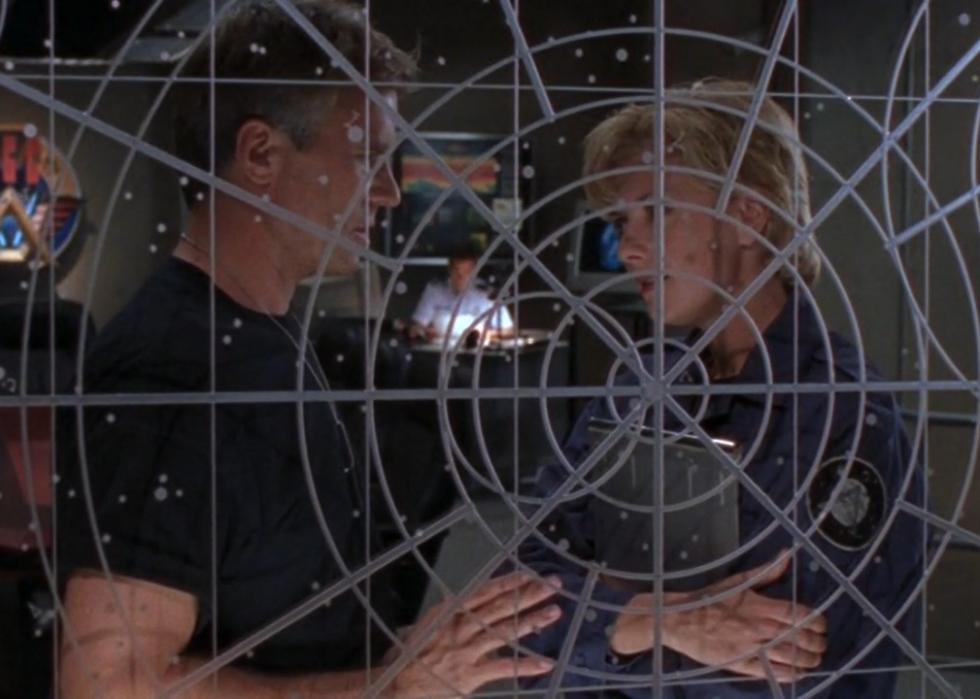
“Stargate SG-1” (1997–2007) expanded upon the narrative of the 1994 film “Stargate,” immersing viewers in a captivating sci-fi saga. Following a special operations team as they ventured across the galaxy, the series garnered immense success, spawning multiple spin-offs and films, cementing its place as a beloved franchise within the science fiction genre.
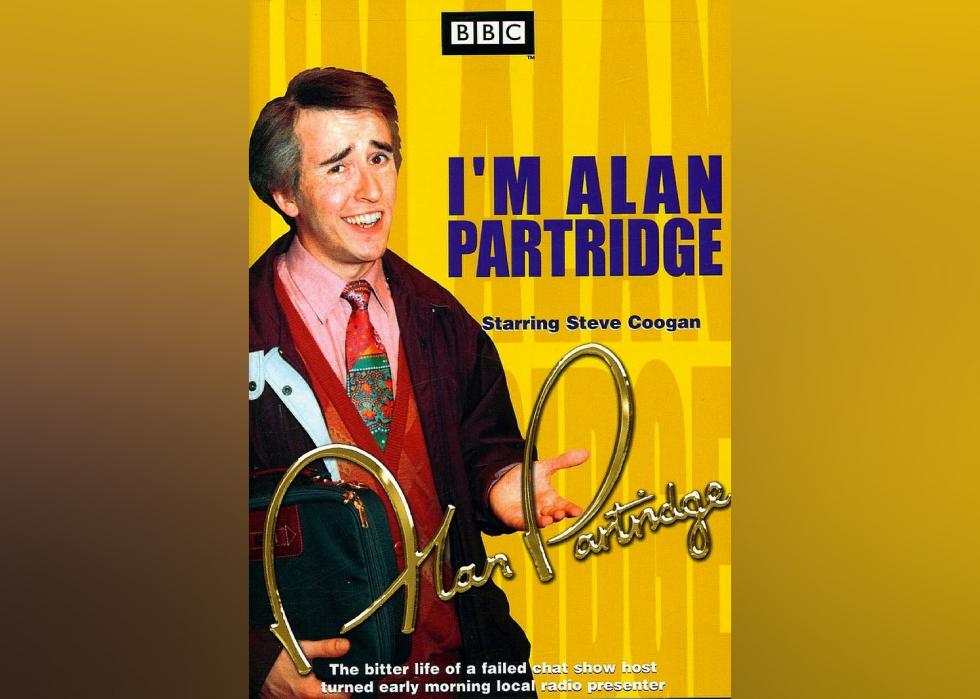
“I’m Alan Partridge” (1997–2002) featured English acting luminary Steve Coogan in the titular role of Alan Partridge, a down-on-his-luck character attempting to reignite his celebrity status through various television pitches. Co-created by Armando Iannucci, who would later orchestrate the critically acclaimed comedy “Veep,” the series showcased Coogan’s comedic prowess and laid the groundwork for a character who would become an iconic figure in British comedy.
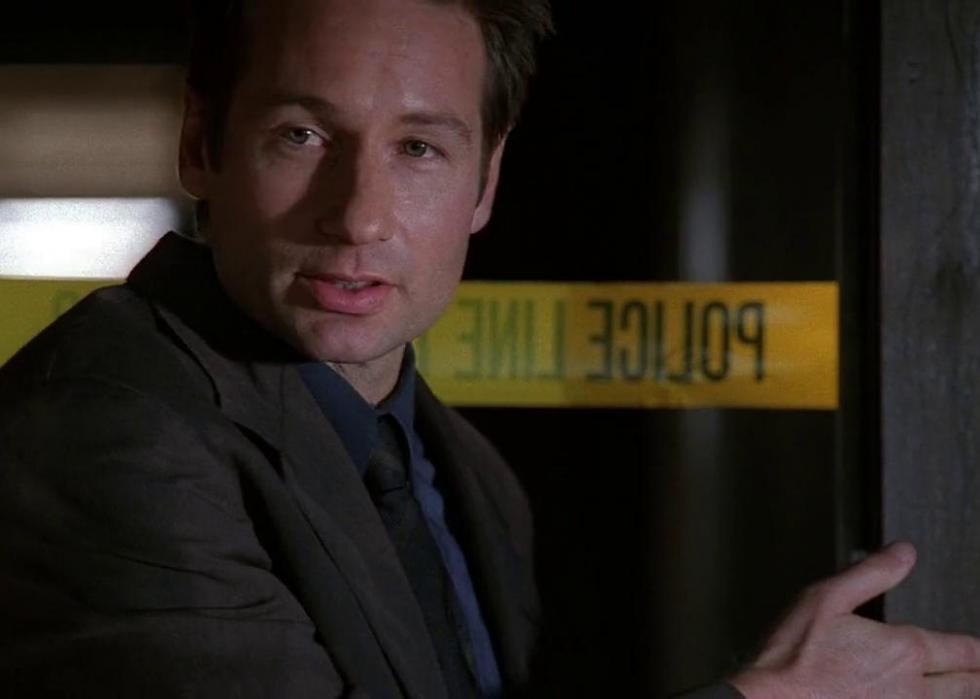
“The X-Files” (1993–2018) remains an indelible hallmark of ’90s television, captivating audiences with its enigmatic allure. Starring agents Scully and Mulder, this intrepid duo, well-versed in extraterrestrial phenomena, delved into the deepest mysteries of our world. The series spawned several movies and continues to leave a lasting legacy, captivating a new generation of UFO enthusiasts and believers in the unexplained.
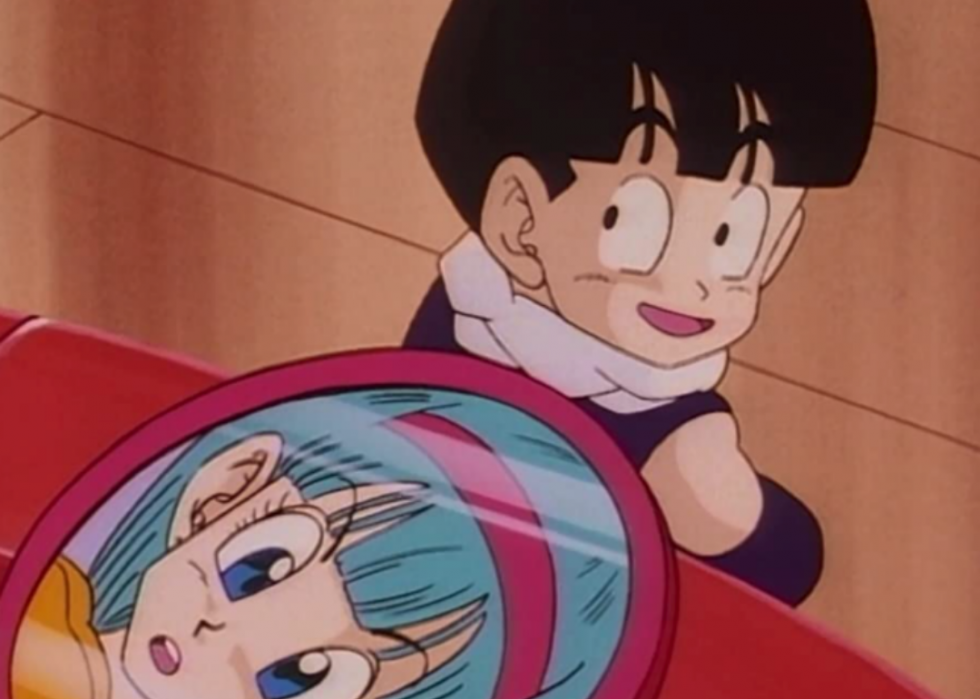
“Dragon Ball Z” (1996–2003) serves as the sequel to the original “Dragon Ball” series, initially centring on Goku and his son, Gohan. Over its nearly 300-episode run, the show traversed numerous twists and turns, captivating audiences worldwide. Regarded as a cornerstone in the global popularity of manga, “Dragon Ball Z” holds significant cultural importance, influencing generations of fans and solidifying its status as an iconic anime series.
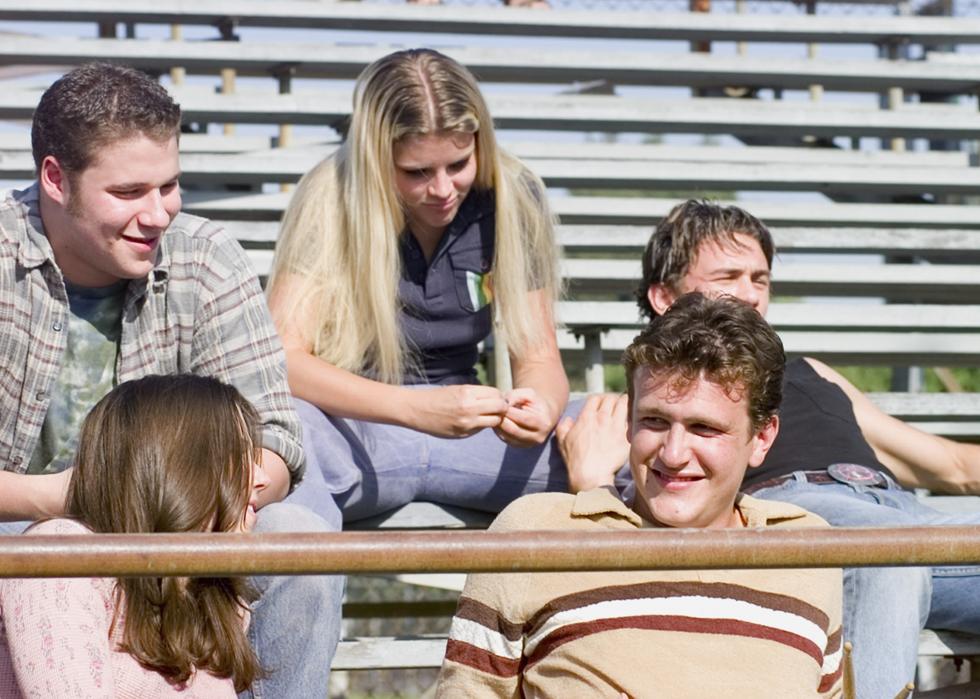
“Freaks and Geeks” (1999–2000), executive produced by Judd Apatow, quickly became a cult classic despite its short-lived one-season run, earning near-universal adoration from viewers. Centered around high school-aged teens categorized as either “freaks” or “geeks,” the series served as a launching pad for the successful careers of Seth Rogen, Jason Segel, and James Franco. In 2018, a documentary revisited the brief yet remarkable journey of “Freaks and Geeks,” celebrating its enduring legacy in the hearts of fans.
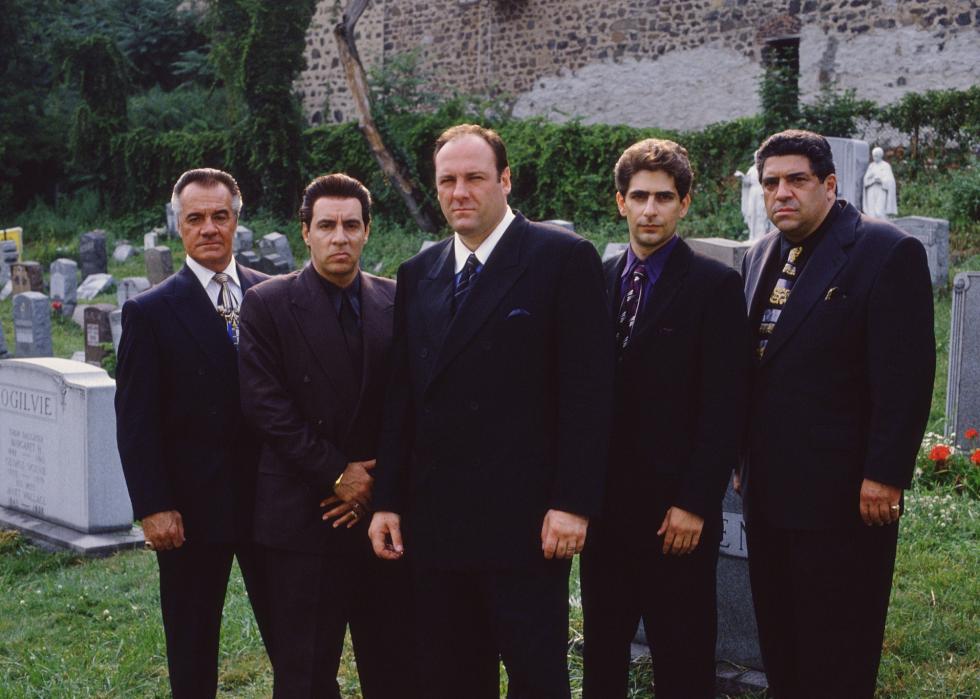
“The Sopranos” (1999–2007), despite its controversial ending, stands as the epitome of “prestige television.” James Gandolfini’s portrayal of Tony Soprano anchored the series, which meticulously chronicled his rise, along with his associates, to becoming mob kingpins in the Northeast.



